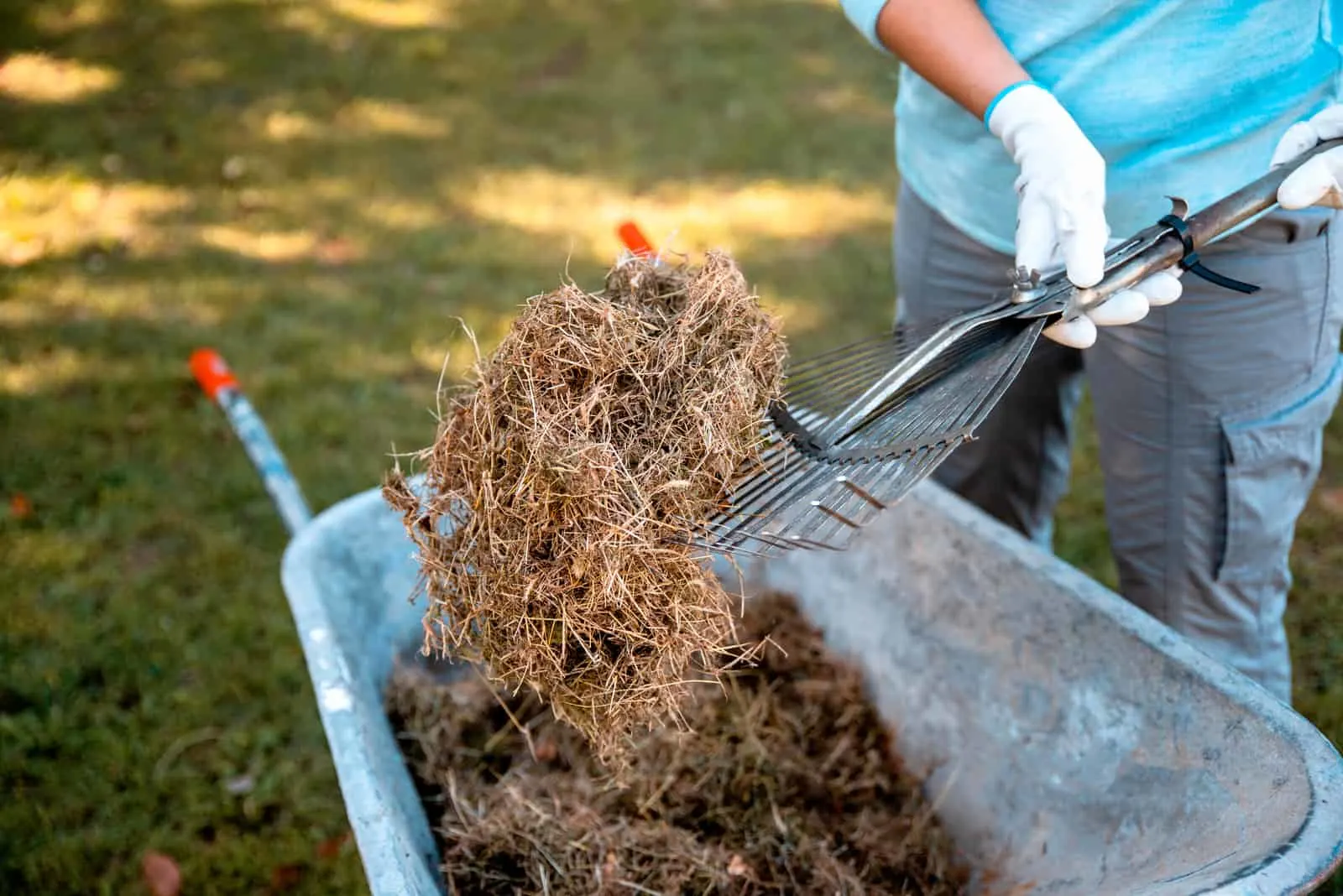Compost is one of the most effective natural ways to improve soil health and boost grass growth. Many homeowners wonder if they can simply spread compost on top of grass without digging or mixing it in. The good news is that compost can be applied directly on grass, and when done correctly, it offers several long-lasting benefits.
In this guide, we’ll explain how compost works when placed on grass, the right methods for application, and why it’s considered a key step for a greener, healthier lawn.
What Happens When You Put Compost on Grass?
When compost is spread over grass, it slowly breaks down and releases nutrients into the soil. This process improves the soil structure, increases water retention, and enhances the natural fertility of your yard. Compost also introduces beneficial microorganisms that help roots grow stronger and fight off lawn diseases.
Unlike synthetic fertilizers, compost doesn’t just feed your lawn temporarily. It works as a natural soil conditioner, building long-term health in your yard. Over time, this leads to thicker, greener grass with fewer weeds and bare patches.
The Benefits of Using Compost on Lawns
Using compost directly on grass provides several advantages:
-
Nutrient Supply – Compost contains nitrogen, phosphorus, and potassium, which are essential for healthy grass growth.
-
Moisture Retention – It helps the soil hold water better, reducing the need for frequent watering.
-
Improved Drainage – In compacted soils, compost makes the ground looser, allowing roots to breathe.
-
Reduced Thatch – Compost helps break down thatch layers that can suffocate lawns.
-
Eco-Friendly Care – Unlike chemical fertilizers, compost is sustainable and safe for children and pets.
If you’re planning to improve your yard naturally, one of the best methods is Compost Top Dressing for Lawns in Bernardsville NJ, which is widely recommended for achieving healthy and vibrant grass.
How to Apply Compost on Grass the Right Way
While compost can be placed directly on grass, it’s important to apply it correctly. Here are some simple steps:
-
Mow the Grass First – Trim your lawn slightly shorter than usual to help compost reach the soil surface.
-
Use Screened Compost – Fine, well-decomposed compost works best as it spreads evenly.
-
Apply a Thin Layer – Spread about ¼ to ½ inch of compost across the lawn. A thicker layer may smother the grass.
-
Rake Lightly – Use a rake or brush to work the compost into the grass, helping it settle near the soil.
-
Water Afterward – Light watering helps compost move into the soil and activates nutrients.
Applying compost once or twice a year, ideally in spring or fall, will keep your lawn strong and healthy year-round.
Common Mistakes to Avoid
While composting is simple, there are a few mistakes to watch out for:
-
Using Unfinished Compost – If compost is not fully broken down, it can harm your lawn.
-
Applying Too Much – Thick layers can block sunlight and suffocate grass.
-
Skipping Aeration – On heavily compacted lawns, aerating before composting allows better soil absorption.
-
Ignoring Timing – Composting during extreme heat or drought may not give the best results.
By avoiding these errors, you’ll maximize the benefits and help your lawn thrive naturally.
While many homeowners enjoy applying compost themselves, professional lawn services can provide more even coverage and better results. Some companies specialize in natural lawn care, offering compost top dressing, aeration, and soil health improvements. For example, many local homeowners trust Harmony Tree Care, a well-respected name in the field, known for combining sustainable methods with reliable service. Their experience helps ensure composting is done efficiently and effectively, giving lawns the best possible results.
Long-Term Lawn Improvement with Compost
Compost is not just a one-time fix—it works best when used regularly as part of a long-term lawn care plan. Over the years, compost improves soil biology, reduces the need for chemical fertilizers, and promotes deep root growth. Healthy soil means your lawn can resist pests, survive droughts, and stay green with less effort.
If you’re serious about improving your yard naturally, looking into Compost Top Dressing for Lawns in Bernardsville NJ can be a great place to start. It’s one of the most effective ways to build soil health and maintain a thriving lawn without harsh chemicals.
Conclusion
Yes, you can absolutely put compost on top of grass. When applied correctly, compost works as a natural fertilizer and soil conditioner, improving grass growth and overall lawn health. By using screened compost in thin layers, watering afterward, and applying it during the right seasons, you can achieve a greener and healthier lawn.
For homeowners who prefer expert care, companies like Harmony Tree Care provide reliable composting and lawn care services, helping you achieve lasting results in a sustainable way. Whether you do it yourself or hire professionals, adding compost to your lawn is one of the smartest choices for a lush and vibrant yard.







0 Comments